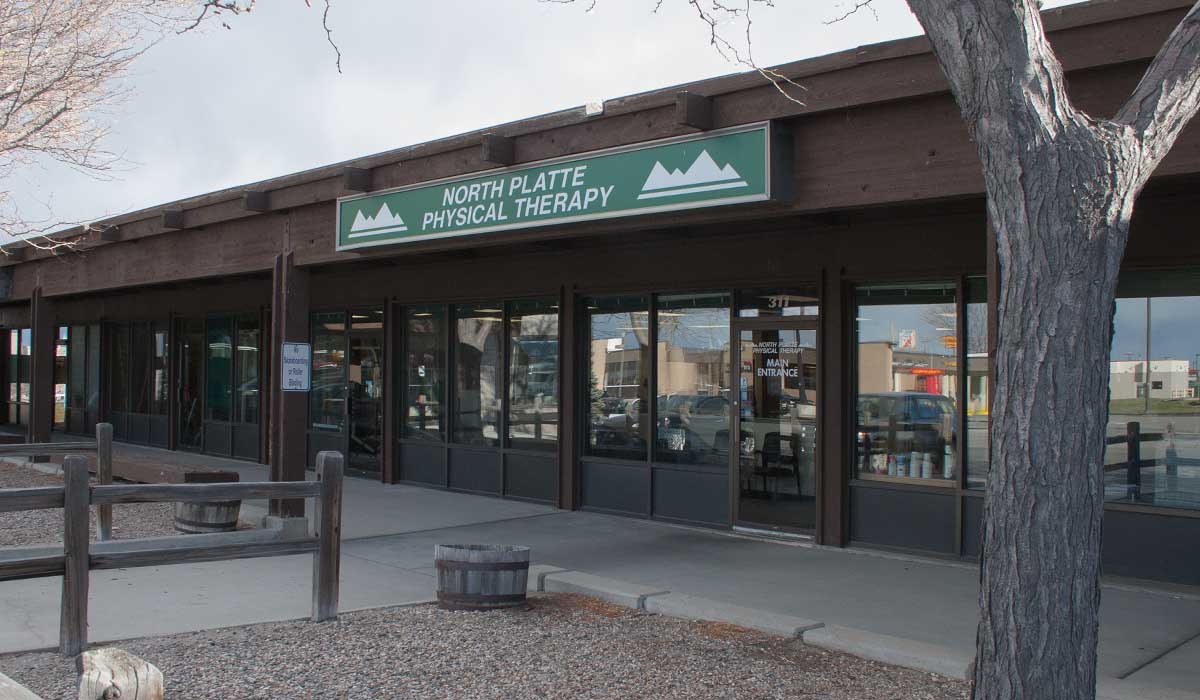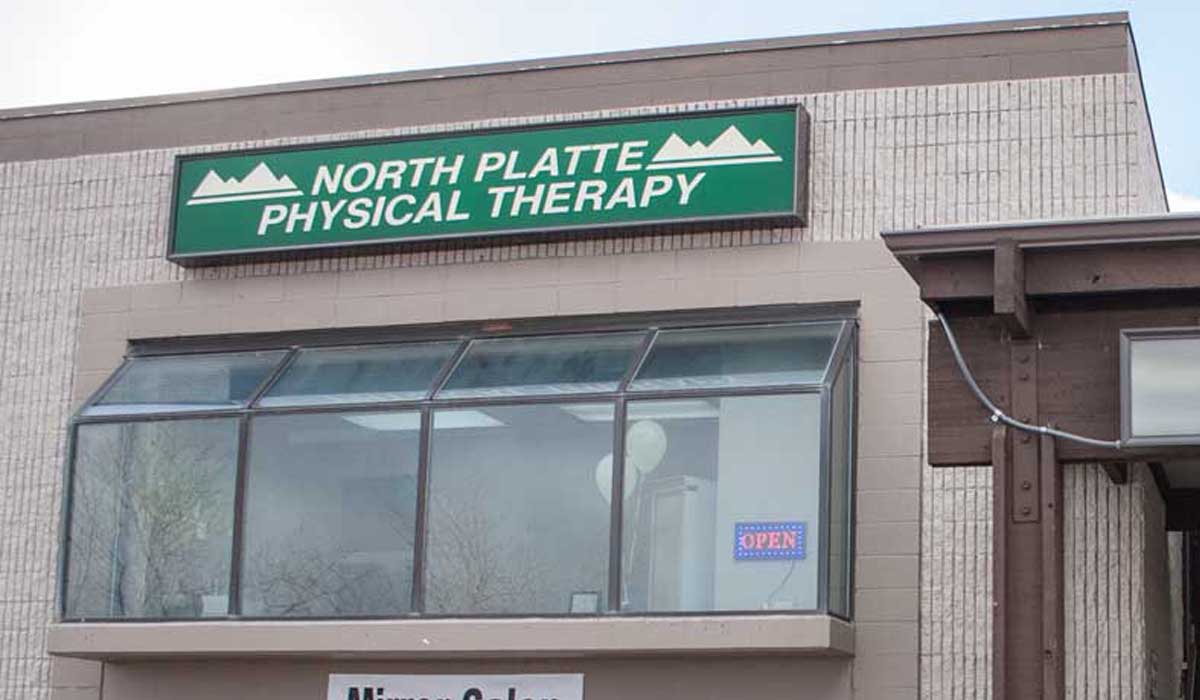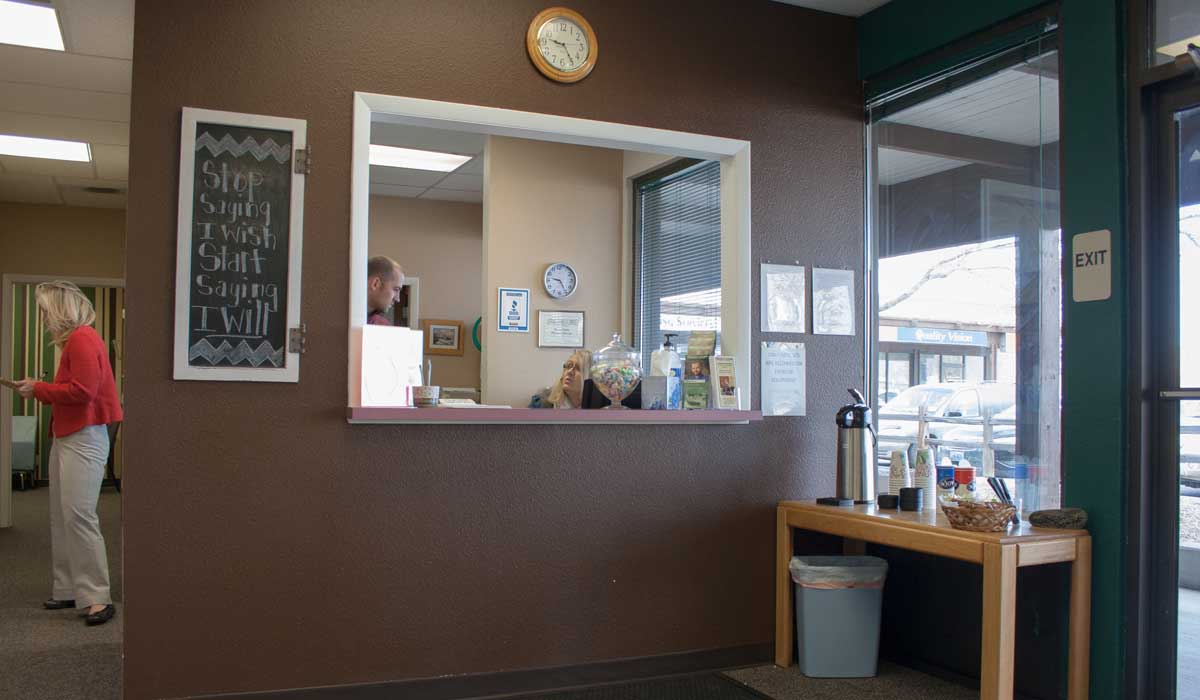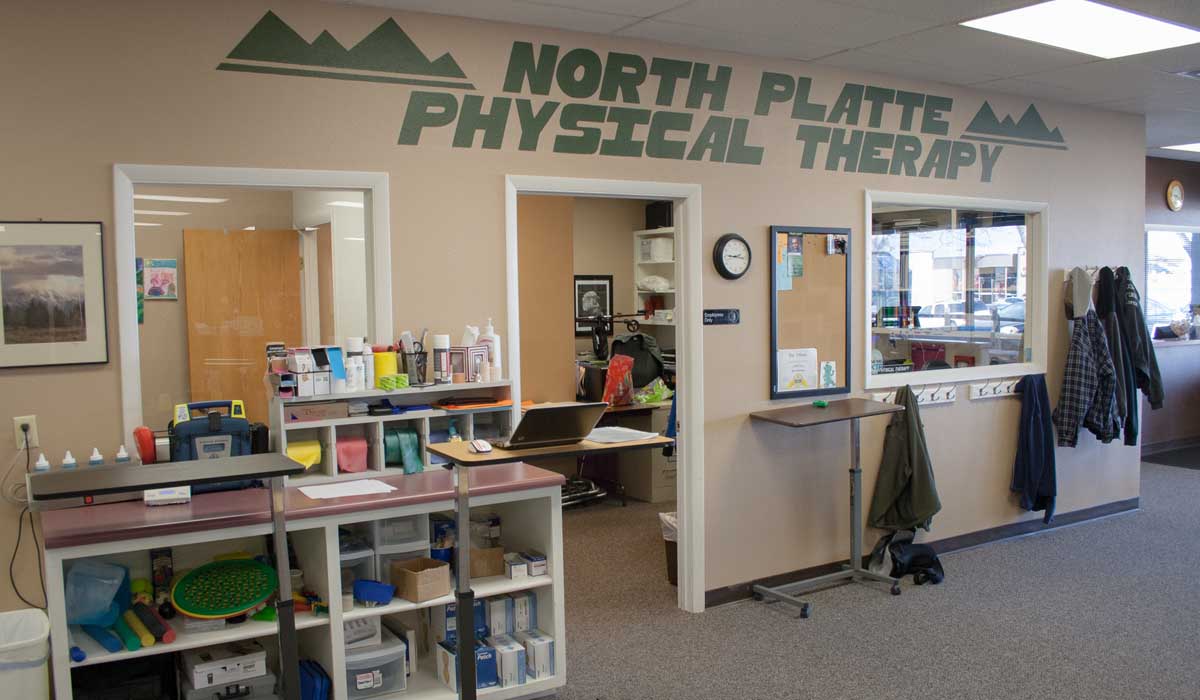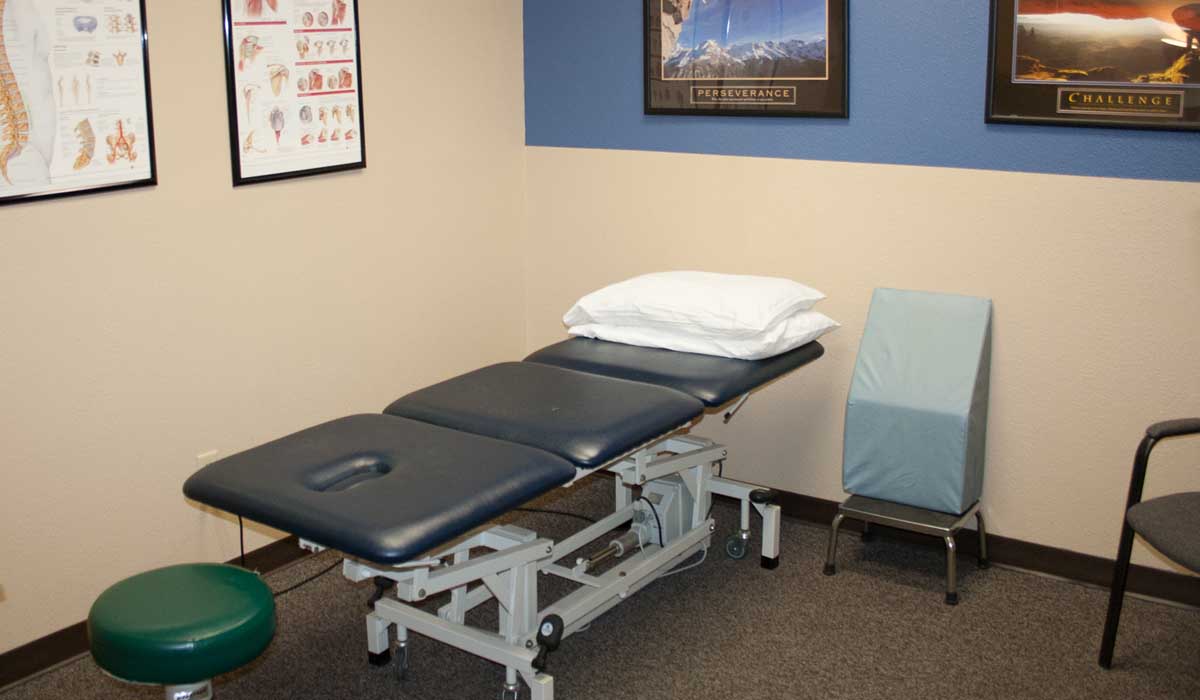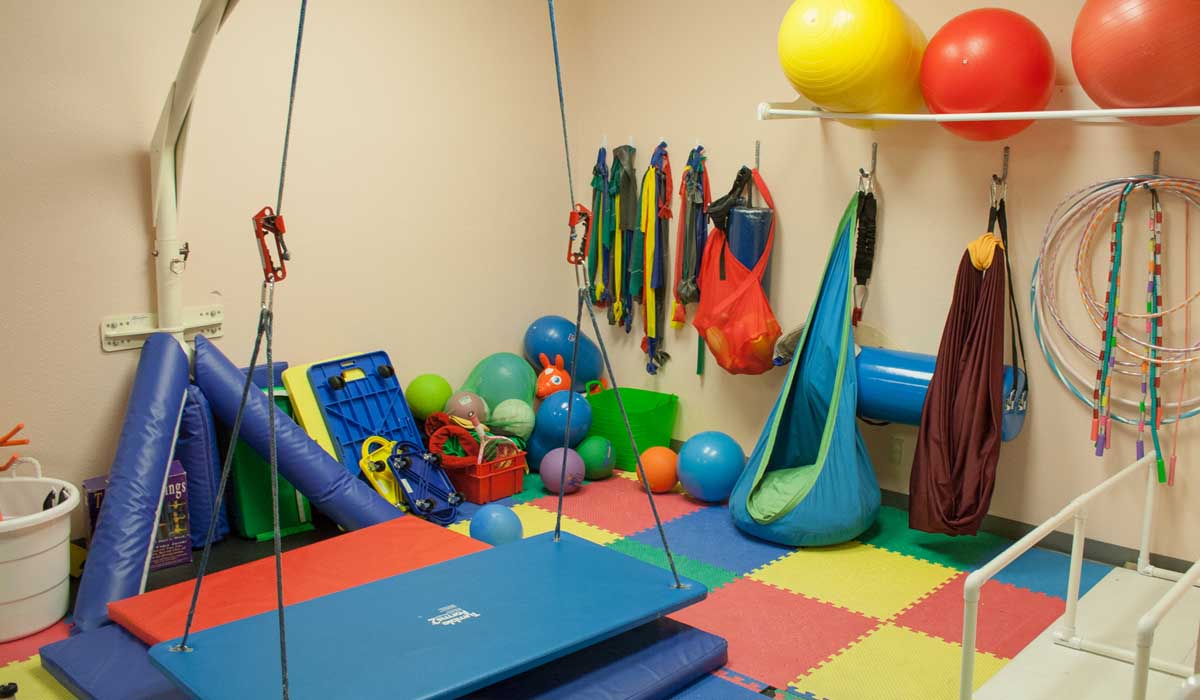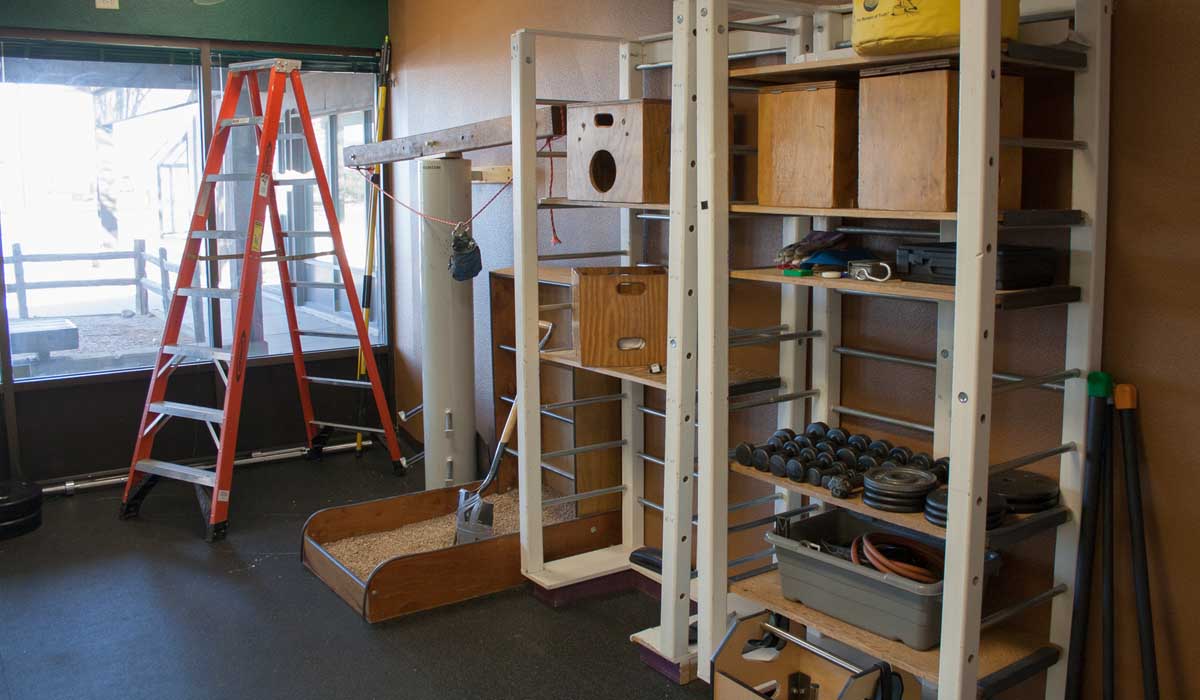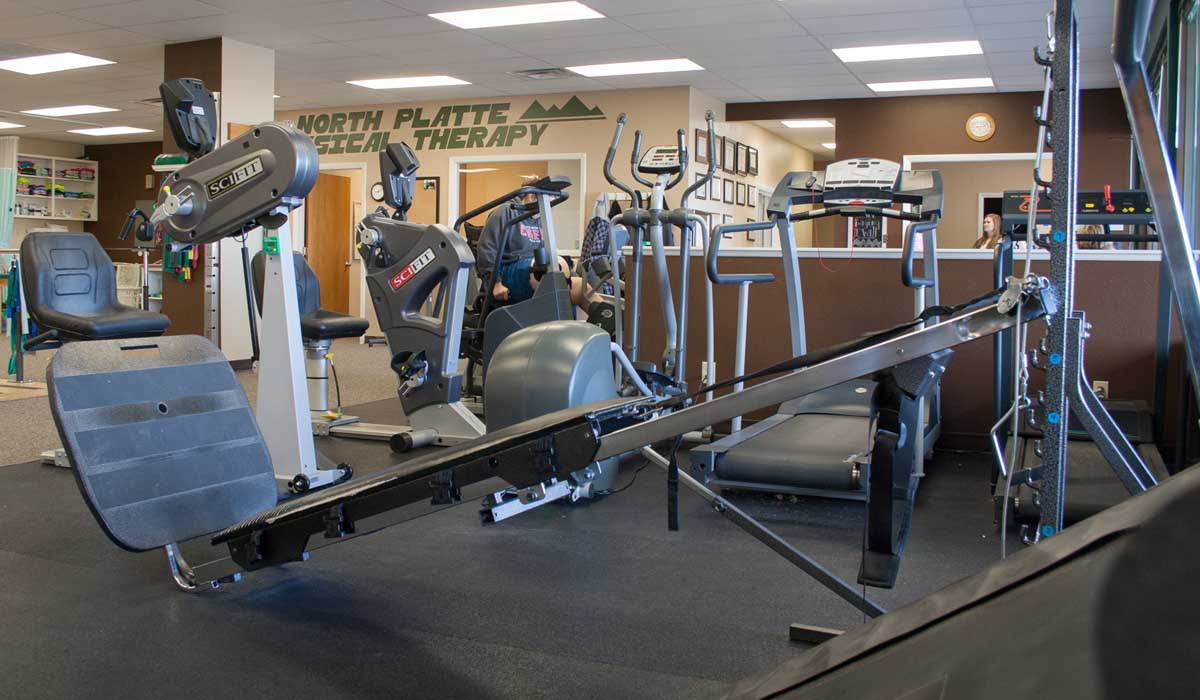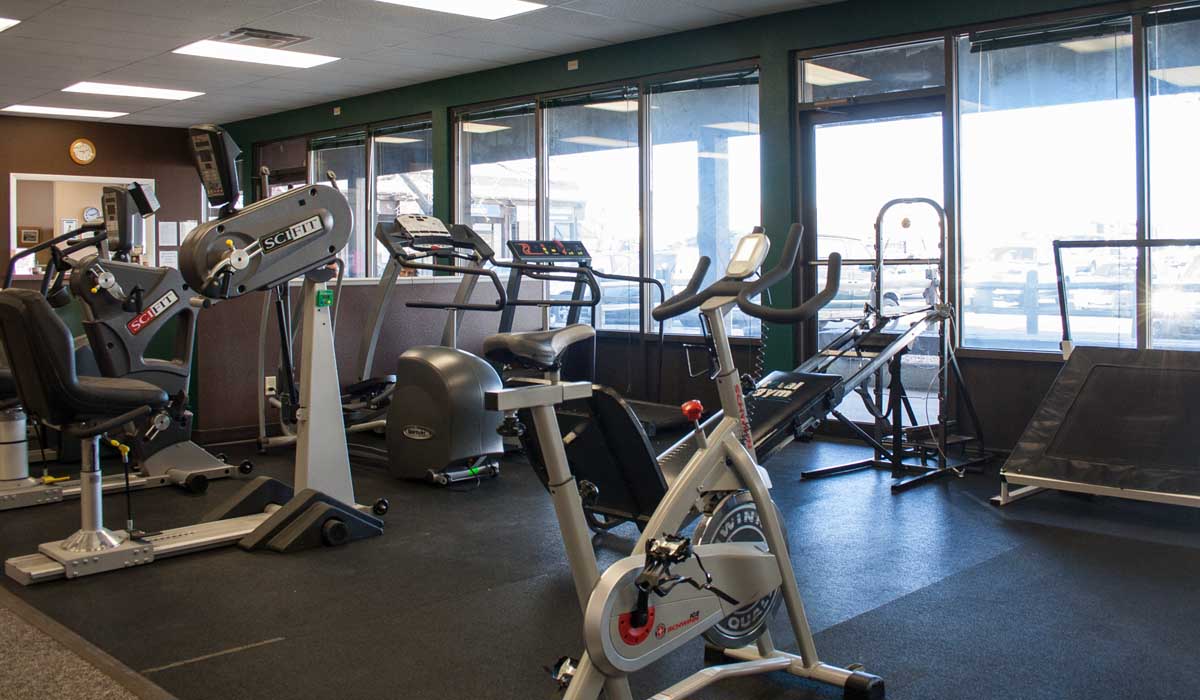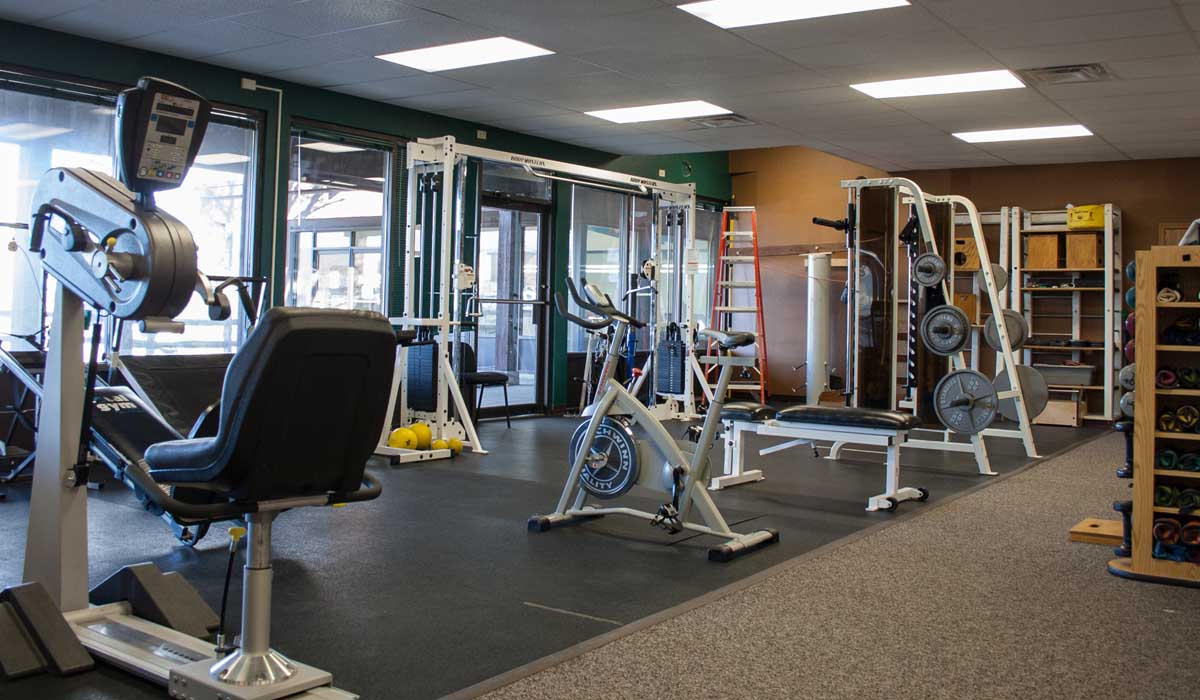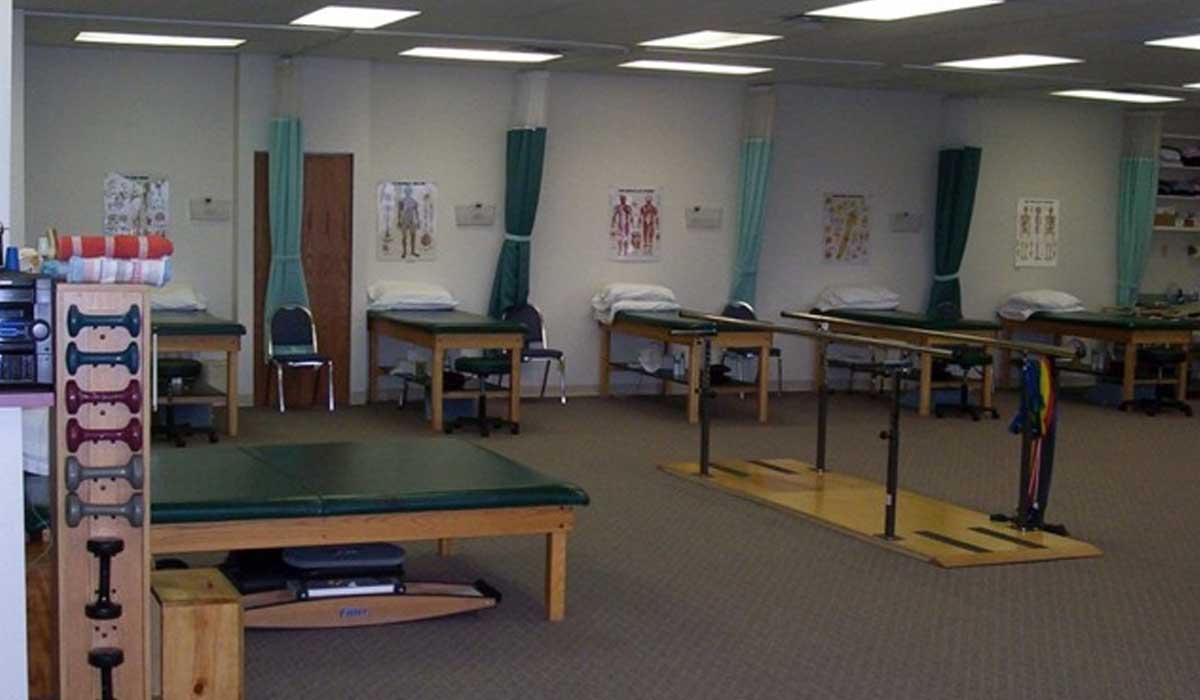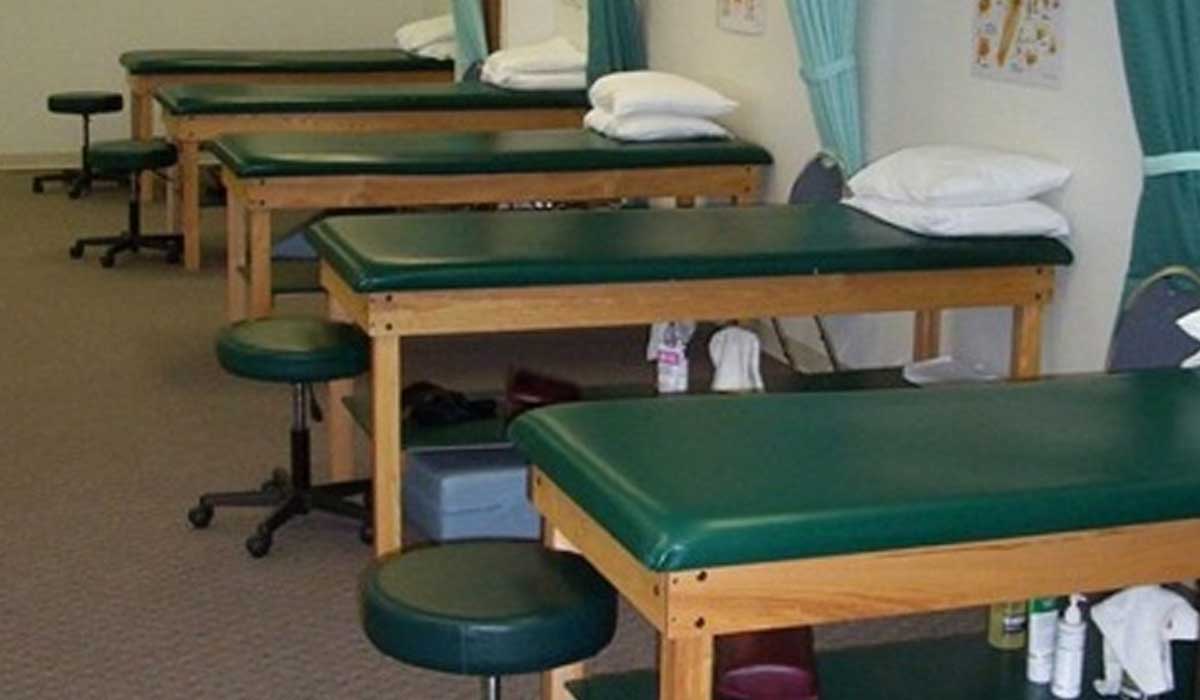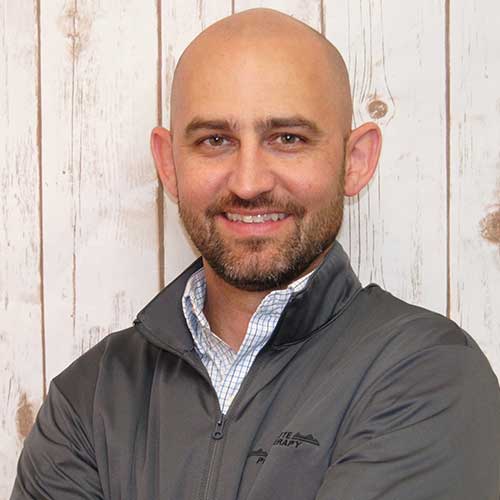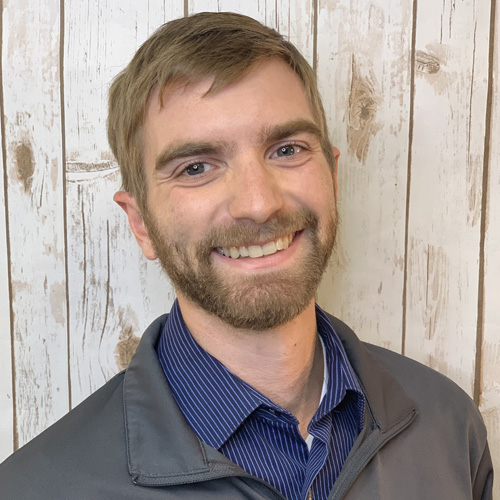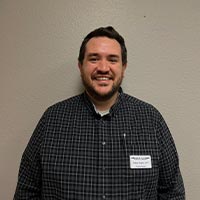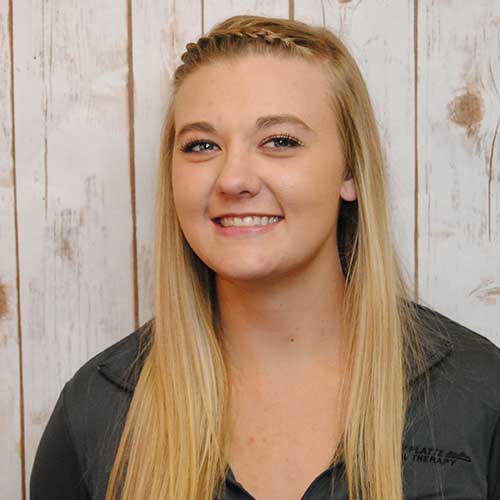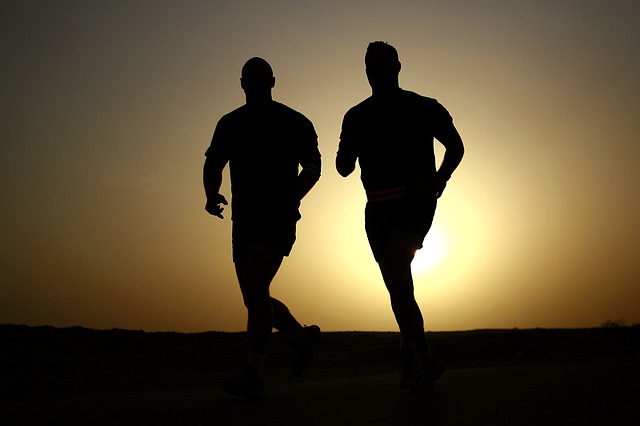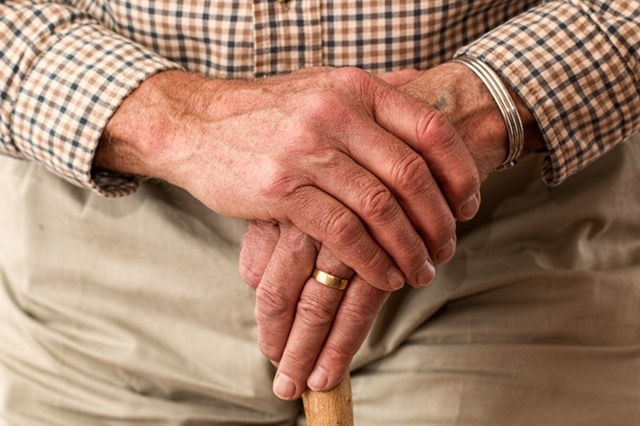North Platte Physical Therapy - Casper (East)
North Platte Physical Therapy, an integral part of the Casper community since 1997, opened a second location in 2010 in order to provide more convenient therapy options for Casper and the surrounding areas.
We offer a variety of treatment techniques to provide the therapy each patient needs to achieve success. Each patient is given the time needed in each therapy session to achieve evidence-based goals and improve his or her quality of life – no time limit is ever imposed on any patient.
Therapists at NPPT provide cost-effective, professional, fun, energetic care, and our patients benefit from team-oriented, supportive, and knowledgeable staff. We excel in therapy for sports injuries, work injuries, pre- and post-surgical rehabilitation, pain management for back and neck pain, headaches, etc., as well as in wound care, orthotics, sports conditioning and aquatic therapy. NPPT also provides pre-employment screenings, back-to-work physicals and functional capacity exams. Many NPPT therapists are certified or specialize in trigger point dry needling, aquatic therapy, orthopedic manual therapy, hand therapy, and kinesio taping, and are board certified orthopedic clinical specialists.
At North Platte Physical Therapy Casper, we provide the highest quality physical therapy in a welcoming and positive environment and are committed to superior customer service.
Location Details
Address: 311 Thelma Drive, Casper, WY 82609
Hours: Mon - Fri: 7AM - 6PM
Fax: 307-234-8810
Interested in scheduling at our West location? View Casper West Details
Services Offered
- Arthritis Pain
- Back Pain
- Back School Presentations
- Balance and Vestibular Rehab
- Biofeedback
- Biomechanical Gait Analysis
- Body Mechanics Training
- Chronic Pain
- Cupping Therapy
- Custom Foot Orthotics
- Custom Splinting
- Fine Motor Dexterity
- Functional Capacity Evaluations
- Graston Techniques
- Hand Therapy
- Headache
- Kinesio taping
- Modalities
- Myofacial Techniques
- Neck Pain
- Neurological Services
- Orthotic Fabrication
- Orthopedic Service
- Pediatric Therapy
- Pool Therapy
- Post Cancer Treatment
- Pre/Post Surgical Rehab
- Pre-employment Screening
- Return to Work Screening
- Return to sport exercise programs
- Running Injuries
- Self-care skills
- Sensory Integration
- SFMA - Selective Functional Movement Assessment
- Spine Care
- Sports Medicine
- Stroke Rehabiliation
- Tendonitis
- TMJ
- Torticollis
- Trigger Point Dry Needling
- Vestibular Rehabiliation
- Women's Health
- Work Hardening/Conditioning
- Work Injuries
- Worksaver Certified Work Physicals
- Wound Care
Latest News & Info
Physical Therapist in Wyoming Explains the Difference Between Stretching and Warming Up
March 22, 2017
Stretching
Stretching on a regular basis can help improve your flexibility and increase your range of motion. Additionally, stretching can relieve tension that you may be holding in your muscles and make you feel less stressed out. It can also help you keep your muscles loose so you don’t feel any aches or pains after a tough workout. If you are experiencing pain related to bad posture, stretching can also help you realign your body so you can correct your posture problems and prevent future pain.The American College of Sports Medicine recommends that you stretch at least two times per week, and even more if you are elderly or exercising on a daily basis. It is best to think of stretching as something that should be part of your everyday life instead of limiting it to only before and after workouts. Learn how to stretch here.
Warming Up
Although many athletes often say they injured themselves because they forgot to stretch prior to a workout, they could be mistaken. Many injuries are actually caused by not properly warming up. What is warming up? Before engaging in any type of physical activity, you should get your body ready by starting off slow to gently engage each group of muscles and prepare them for a more strenuous workout. When you warm up, your heart rate starts to increase, which means your muscles will receive more nutrients and oxygen. Warming up also increases your body temperature, which leads to your muscles becoming more pliable, and thus lowering the risk of injury.Although stretching and warming up both increase the flexibility of your muscles, warming up goes one step further by getting your whole body prepared for the workout. So, the next time you plan on working out, start off with low intensity cardio by speed walking or going for a slow jog. It’s best to warm up for about 10-15 minutes so your heart rate and temperature have enough time to increase and get your body ready for the work ahead. Getting into the habit of warming up before you exercise can keep you healthy and injury-free!
At North Platte Physical Therapy, we’re dedicated to helping clients prevent injuries as they enjoy their favorite physical activities. But accidents happen, so if you do injure yourself while exercising or because of an accident, contact North Platte Physical Therapy to learn more about how we can help you recover. Our staff is praised throughout the Wyoming, and Nebraska areas for our commitment to our clients. We can fulfill comprehensive physical therapy services, and would be happy to customize a treatment plan for your personal needs.
How Children With Autism Benefit From Physical Therapy in Cheyenne WY
March 15, 2017
Imitation Skills
Children who have autism often do not develop imitation skills on their own. What are imitation skills? When children are young, they often imitate what they see people around them doing. These skills will eventually help children socialize and learn to speak, so they are crucial to a child’s development. If your child has not mastered his imitation skills, a physical therapist can help. For example, trained physical therapists can use fun songs such as “Head, Shoulders, Knees, and Toes†to help children learn how to mimic movements. Learn more about imitation skills.Motor Skills
Children with autism typically have limited motor skills, which makes it difficult for them to navigate through their daily lives. A physical therapist can work one-on-one with affected children to help them improve their balance and develop the muscle strength they need to perform daily activities. After attending regular physical therapy sessions, children with autism may see improvements in their ability to sit upright, walk, run, and jump without assistance.Physical therapists can also help children learn how to use these motor skills to play on their own or with others. For example, therapists can work with kids to help them understand how to climb on a playground or kick a ball in a game of soccer. They can also help them improve their motor planning skills. For instance, kids with autism may be able to climb into a swing, but they still might not be able to figure out how to pump their legs to get the swing to move. In this case, a physical therapist can focus on motor planning to fine tune these skills, which will help the child become more socialized as he learns how to play with others.
Posture
If you’ve ever seen a physical therapist after an injury, you know the importance of good posture. Practicing good posture can prevent painful injuries caused by slouching your shoulders or hunching your back. Unfortunately, children with autism often suffer from generalized joint hypermobility (GJH), which can cause weak muscles, and therefore bad posture. A physical therapist can help by correcting any misalignments that are often found in the postures of children with autism and teaching them the importance of sitting up straight to elongate their spines.At North Platte Physical Therapy, we’re dedicated to helping clients of all ages and abilities. If you’re curious about physical therapy, contact North Platte Physical Therapy to learn more about how we can help you and your children live healthier lives. Our staff is praised throughout the Wyoming and Nebraska areas for our commitment to our clients. We can fulfill comprehensive physical therapy services, and would be happy to customize a treatment plan for your personal needs.
Physical Therapy in Casper WY Can Help You Learn to Use Walking Aids
March 1, 2017
Adjust the height.
Walking aids need to be adjusted to fit your body before you begin to use them. First, take a look at the height. The top of your walking aid should be the height of your wrists when you are upright with your arms straight by your side. If it’s not at this level, you will need to adjust it. If you don’t, you could strain yourself while using your walking aid, causing pain in your wrists and arms. Also, when you reach your arm out to grip the walking aid, make sure you keep a slight bend in your elbow.Straighten your back.
It may be tempting to lean into your walking aid so it supports the majority of your body weight, but don’t do this. Keep your back straight instead of hunched over when using a cane or walker. Hunching over a walking aid will promote bad posture and will eventually lead to pain in your shoulders, upper and lower back.Hold the cane in the opposite hand.
Does it matter which hand grips your cane? Yes! Which side of your body are you experiencing pain or weakness in? If it’s your left side, then hold the cane with your right hand. This may not seem right at first. After all, shouldn’t you support the side that is weaker? No! By holding a cane with the hand opposite of your weak side, you are shifting your body weight into your stronger side instead of pushing it all to the side that is injured or weak. Learn how to choose the right cane.Check the rubber bottoms.
Walking aids are designed with thick rubber bottoms that prevent slips. But over time, these rubber bottoms begin to wear down. Some may even fall off if the walking aid is old. Without them, your walking aid is not as effective in keeping you safe, so it’s important to check them on a regular basis to ensure they are intact. If you notice that they are beginning to wear down, or if the bottoms are uneven on your walker, purchase replacements as soon as possible to protect yourself.At North Platte Physical Therapy, we’re dedicated to helping our clients learn how to properly use walking aids to prevent falls. But accidents happen, so if you do injure yourself during a fall, contact North Platte Physical Therapy to learn more about how we can help you recover. Our staff is praised throughout the Wyoming and Nebraska areas for our commitment to our clients. We can fulfill comprehensive physical therapy services, and would be happy to customize a treatment plan for your personal needs.
